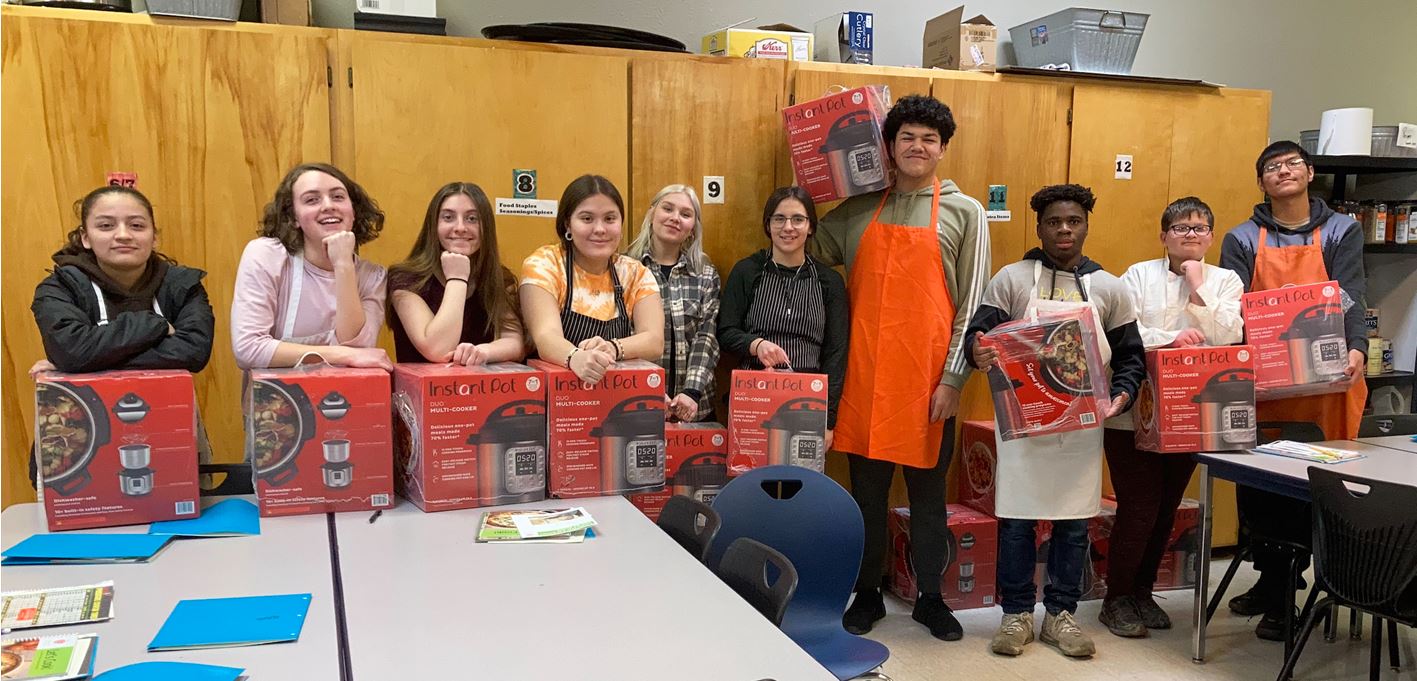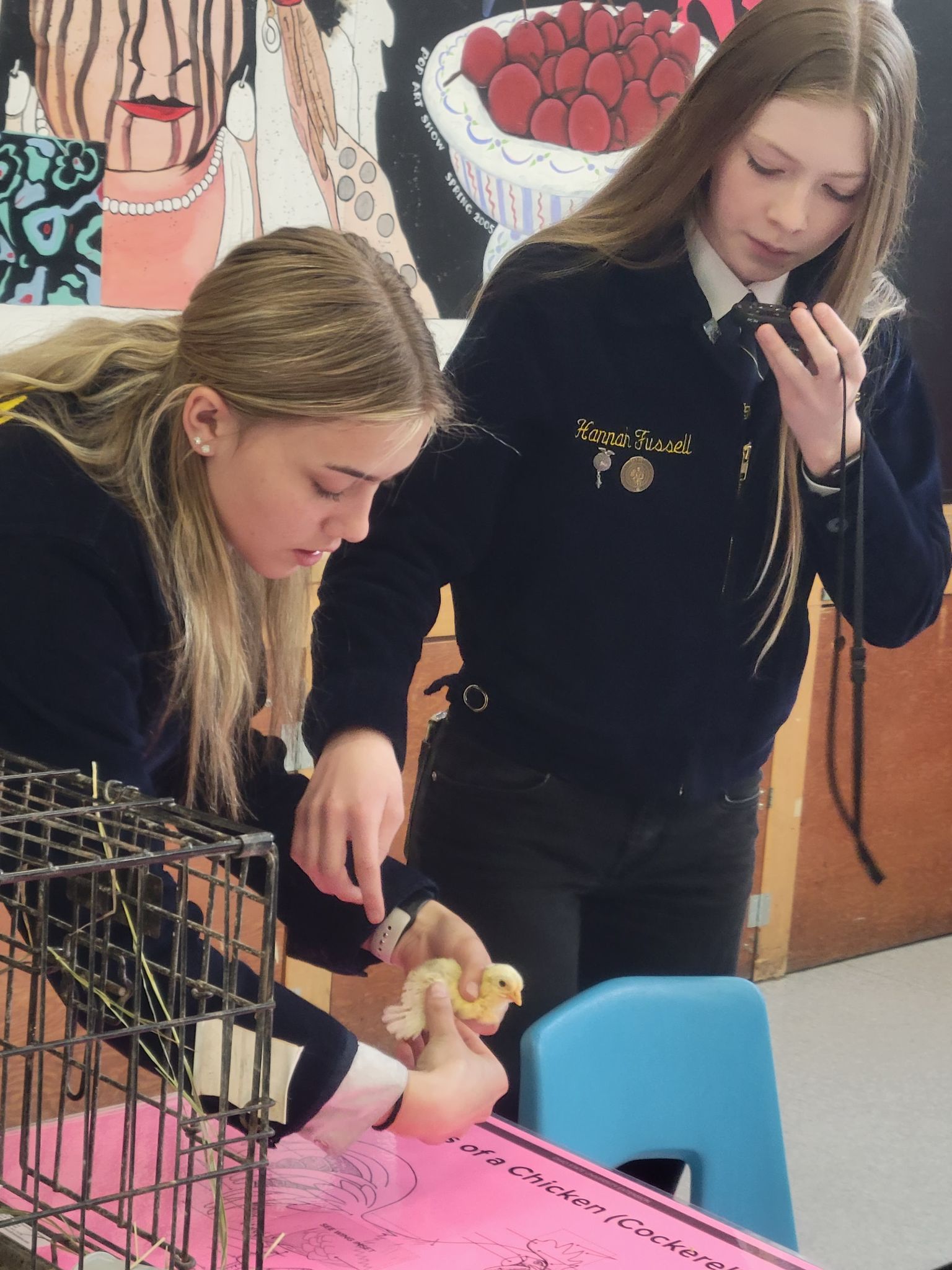
Flathead Reservation
Welcome to the Flathead Reservation
Published: 2022By Brenda Richey
“The Flathead Indian Reservation is home to three tribes, the Bitterroot Salish, Upper Pend d’Oreille, and the Kootenai. The territories of these three tribes covered all of western Montana and extended into parts of Idaho, British Columbia, and Wyoming. The Hellgate Treaty of 1855 established the Flathead Reservation, but over a half million acres passed out of Tribal ownership during land allotment which began in 1904.
The subsistence patterns of our Tribal people developed over generations of observation, experimentation, and spiritual interaction with the natural world, creating a body of knowledge about the environment closely tied to seasons, locations, and biology. This way of life was suffused with rich oral history and a spiritual tradition in which people respected the animals, plants, and other elements of the natural environment. By learning from our Elders and teaching our children, those Tribal ways of life continue to this day.” – CSKT.org
For more than 20 years, MSU Extension has worked to support the Confederated Salish, Pend d'Oreille and Kootenai Tribes (CSKT). With over 1.317 million acres, reaching into four counties; program staff work to bring educational resources to reservation communities. The office is grant funded, offering engagement in Positive Youth Development, Food and Nutrition, Security, Safety, and Agriculture and Natural Resources. Quality programs are successful due to the collaboration between our local community members, partners, and tribal support.
Adults & Teens SNAP into Healthy Living
Published: 2022By Brenda Richey
At the same time, local food banks/high schools began reaching out for assistance in engaging teens in school and at foodbank programs. Why was this community connection important? The answer: many high schoolers are responsible for providing food for their families. Unfortunately, youth were only interested in ready-to-serve food. After talking with the youth and their counselors, we discovered the teens didn’t have recipe knowledge, hands-on skills, or cooking equipment. Therefore, students were only interested in receiving food…ready to eat.
Thus began a collaboration between FREO, SNAP, No Kid Hungry, Arlee CDC, Tribal Housing, and five reservation high schools. Together, a new in-school program began. This included nine in-person SNAP lessons, free kitchen tools, and if a participant completed six of the nine lessons, they received a brand-new Instant Pot pressure cooker. In this reporting year, approximately 25 adults and 80 high school juniors/seniors completed this new MSU Extension collaboration with firsthand cooking experience, recipes, and tools to replicate what they had learned.
Growing Heart with Little Chicks
Published: 2022By Brenda Richey
As hatching day arrived, students quickly picked up on the differences between the chicks. Not only had the eggs been diverse…but all the chicks looked different too. This agriculture project quickly evolved into, teacher-guided, student-driven conversation around celebrating diversity and inclusion. In a day and age where children have fears about “being different,” this Ag in the Classroom project allowed young children to explore their feelings and support each other…normalizing differences, recognizing that boys, girls, and chicks need the same things…food, water, warmth, and loving care.
After the project, two FFA teens came to the schools and brought adult hens for the students to see and touch. After singing a rousing rendition of “Old MacDonald,” elementary students learned the names of the parts of the chicken, how to tell if they were male or female, and even how to tell what color eggs the female chicks would eventually lay. This MSU Extension program continues to demonstrate the importance of Ag in the Classroom…it introduces endless possibilities for agriculture learning, and it encourages young students to grow bigger hearts through social/emotional awareness for all living things.




